Hi! First of all, Happy New Year 2017! I hope all of yours starts the new year with good intentions. The mine one is write frequently here. Family and work don’t let me much free time but I’ll try it!
For several months I’m working with FONA808 modules from Adafruit to make a portable, web-based locating system. This modules are based on the SIM808 module from SIMCOM manufacturer, and integrates both GSM and GPS transceivers in one 24x24mm package. The Adafruit board includes this module and also some electronics for choosing voltage levels, battery connection and charger. Because I need to test and programming some of this modules, I decide to make an specific PCB for it, allowing the programming and debugging via PC, wich is more comfortable that use a microcontroller for all these tasks. I use the MCP2221 USB-Serial bridge and add some electronics to give the board more functionality. So it has a connection for a 3.7Li-Ion battery, battery charger, manual pushbutton to turn on/off the module and also several led’s to indicate the status of the different elements and network connections. So, let’s go for it!
- HARDWARE
As always, the first is the schematic of the board, you can find here: FONA808 PC Interface_V01. The board is based on the FONA808 module, so is designed around it. Here are the info about this module, it’s recommendable to read it if you don’t know this module.
- USB connection: I use the same Mini USB Molex connector of the previous boards, because it’s easy to solder by hand. With the USB connector you can communicate with the FONA808 module and also charging the battery.
- Local Battery: The FONA808 has it own battery connector and on-board charger, but I decide to add a second battery connector and charger. Basically because I work with other kind of batteries (LP603450) and I’ve got some of it at home. The battery charger is the well known MCP73832T-2ACI/OT from Microchip. I set up it to charge the battery at 212mA (R19, 4K7), and has two led’s to indicate the state of the charge (orange is charging and green is charged). The voltage to charge the battery comes from the USB port. Between the battery charger and the battery, there’s a switch S1. This switch allows to charge the battery alone (position 1-2). This feature is important because in the FONA808 module, the battery is permanently connected to the circuit, so when you’re charging it, always there’re loss due the circuits connected. Also, because the MCP2221 has four general IO pins, I add a voltage divider (R3+R5) to try to measure the battery level with the MCP2221 utility (at this time I don’t test this feature).
- Power stage: Because Adafruit FONA808 module has the possibility to communicate at 5V or at 3.3V, I choose 3.3V for level communications. This voltage is obtained from the battery level through a small LDO (U2, TPS76933 from Texas Instruments).
- USB Bridge: Based on the MCP2221 IC from Microchip I use previously. This time I use pull-up resistors on serial lines (R7, R8) to avoid noise on the lines. Also, and because the MCP2221 has four general IO pins, I decide that I can use for control the FONA808 module (I don’t test it yet):
- GP0: Led to indicate receive data from FONA808 module
- GP1: Digital output to turn on/off FONA808 module (via Key pin)
- GP2: Analog input to read the voltage on the battery
- GP3: Digital input to detect an incoming call or SMS from FONA808 module.
- FONA808 module connector: The basic connection for the Adafruit’s module. USB power is the same as USB input, but goes across a diode (D3), to avoid short circuits if you connect both USB cables on the board and also on the FONA808 USB connector. BAT is connected to the battery and VIO is connected to 3.3V. The rest of the signals goes like this:
- KEY: It uses for turn on or off the module. You can do it using the KEY pushbutton (SW1, R18 is not assembled), or via GP1 of the MCP2221.
- PS: Power Status, goes to D4 led. On when the module is powered (Green). Is the same led as the blue one on the FONA808 module.
- NS: Network Status. Off when there’s no net registration.Bliks according the following specs:
- 64ms on / 800ms off: Module is running but isn’t registered to any GSM network
- 64ms on/ 3000ms off: Module is registered on the network and can make/rceive voice calls and SMS.
- 64ms on/ 300ms off: GPRS connection is active.
- RI: Ring Indicator. Active (low) when a call or SMS is receive. Is connect directly to a green led (D6) and also to GP3 input of the MCP2221.
The board is designed with components only on top layer, it’s easy to assemble. The gerber files of the board can downloaded here: GBR_FONA808_PC_V01.zip. The info of the board (measures, component identification, etc) can be found here: PCBINFO_FONA808_PC_V01. And here’re a couple of 3D-previews images from Altium:
I order the boards to DirtyPCB company, and like always, the quality is excelent for the price. Now, black text over white silkscreen makes read the board prefectly. The one con is that trying to follow the tracks are practically impossible!
And the assembly board looks like this:
[metaslider id=1975]
To have a full setup, you need:
- GSM antenna connected to the FONA808 module
- GPS antenna connected to the FONA808 module
- Li-Ion Battery connected to P1 connector
And adding the mini-USB connector you can communicate with the module and also charging the battery:
- SOFTWARE
Communication with FONA808 module is done via AT commands. In the SIM808 webpage you can find all the software resources to start play with it. Also on Adafruit FONA808 documentation webpage you can download the AT command guide (actually version 1.9).
The first step is install the MCP2221 driver to have access to the virtual COM port. Once the driver is installed, plug the board and the OS will asign a comport to the board. Next, turn on the FONA808 module, pressing the KEY button for at least 2 seconds. When turn on, Power Status led will also turn on and Network Status led blinks according the status of the GSM connection. With a tool like TeraTerm (or another serial monitor software), you can send AT commands to the module and check it the status, firmware version, etc.
Once this is working, you have full access to FONA808 module via AT commands. Here, I want to mention the m2msupport webpage and the AT Command Tester application. Is a java utility to work with GSM modules and makes the work with it very easy, you have a lot of info about it in the webpage. I use it and works really fine!
So, with this breakout board for FONA808 module and this software, design and develop applications with this module will be very easy!
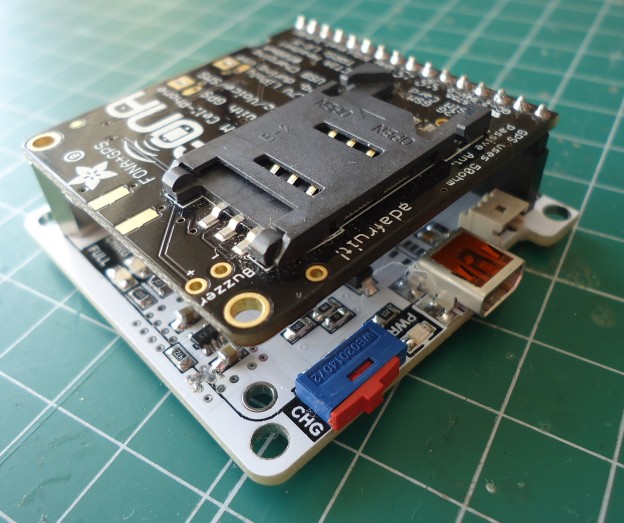
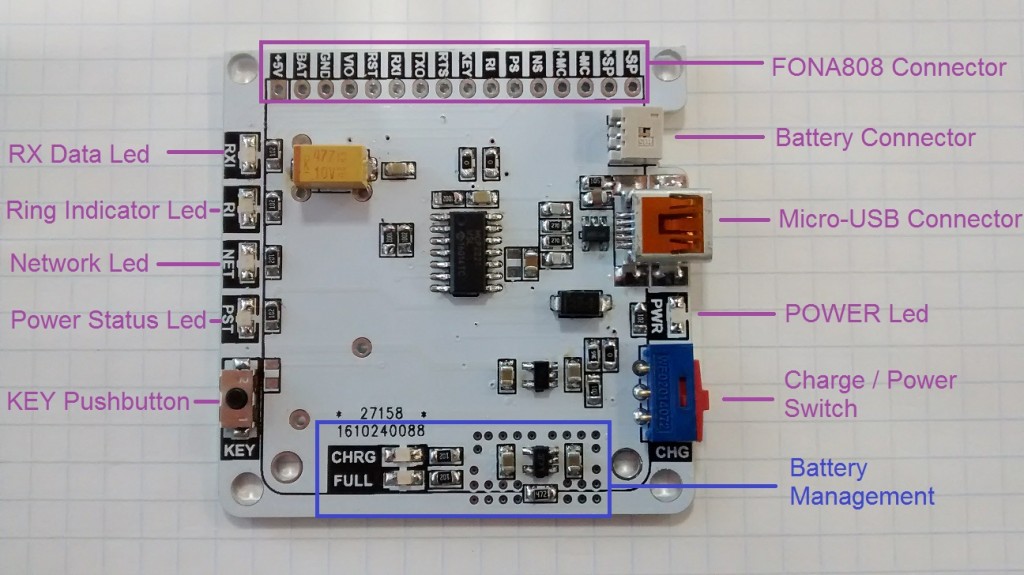
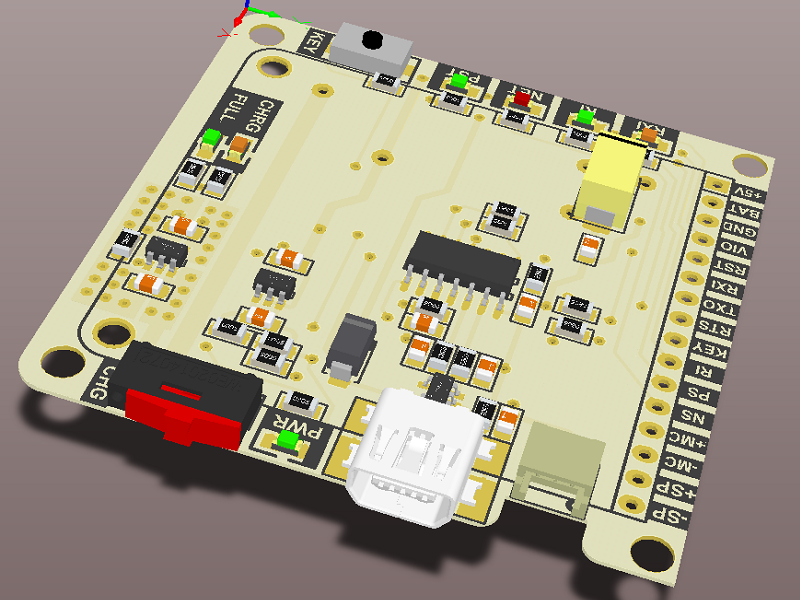
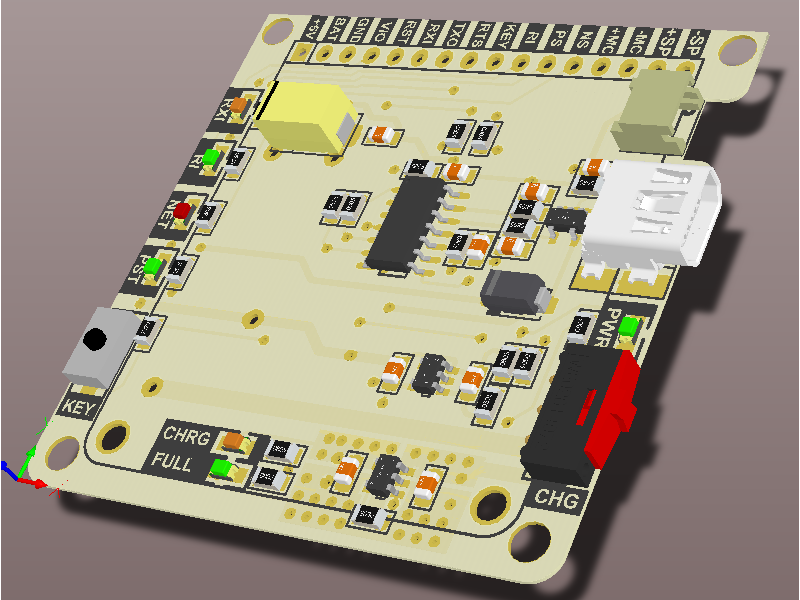
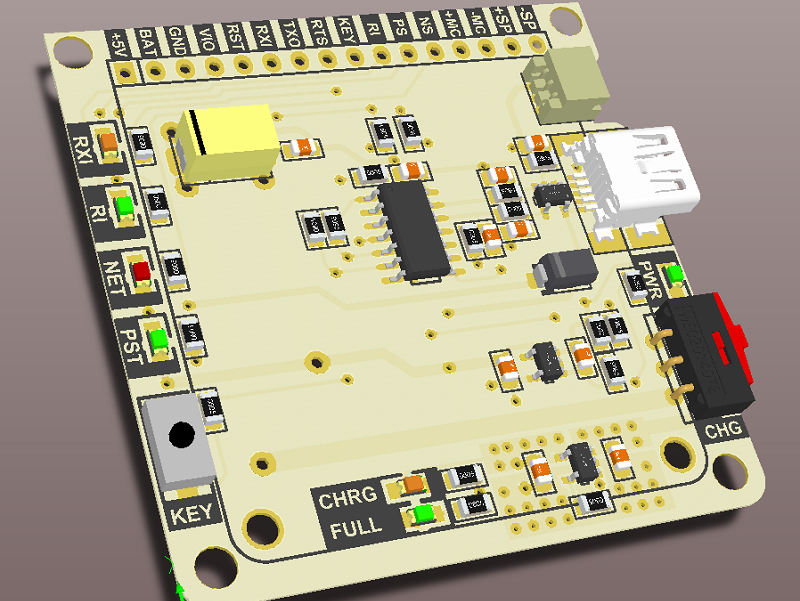
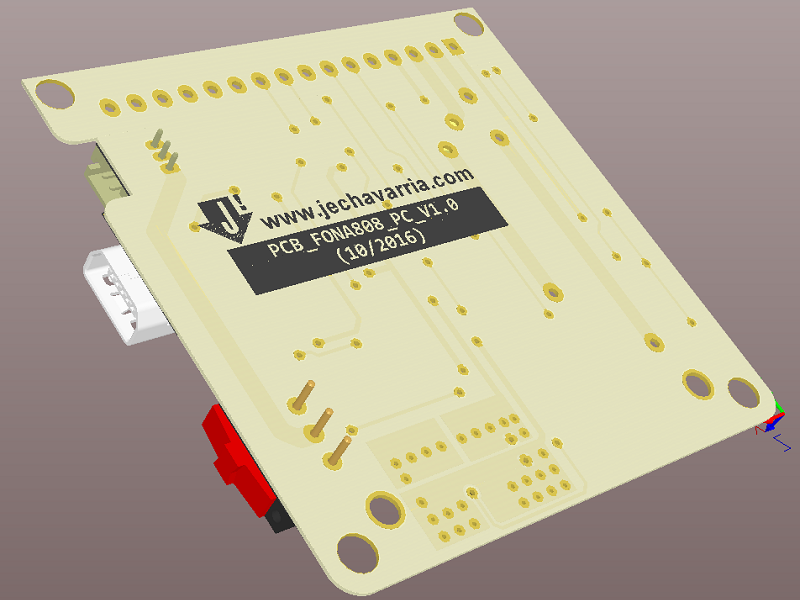
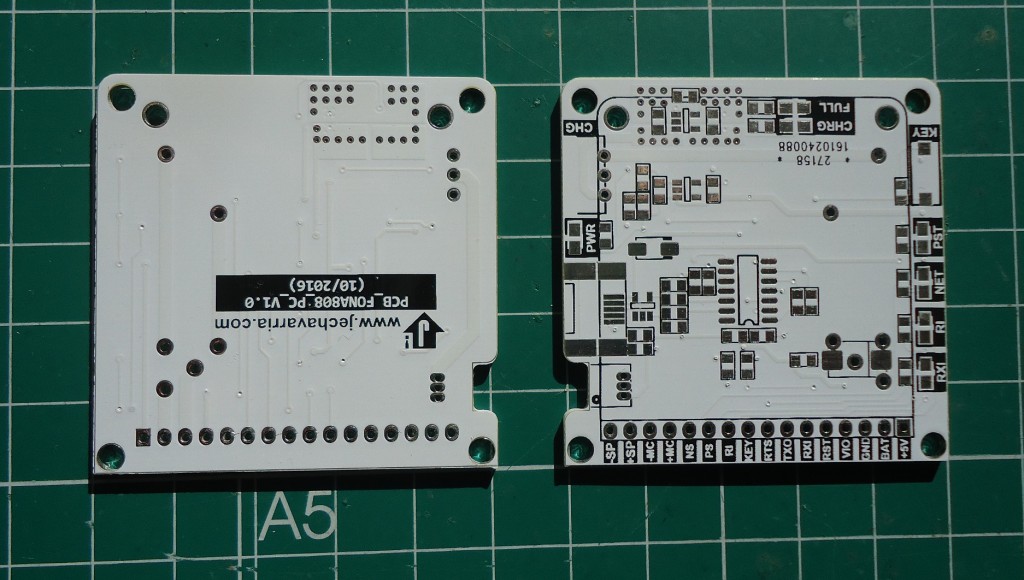
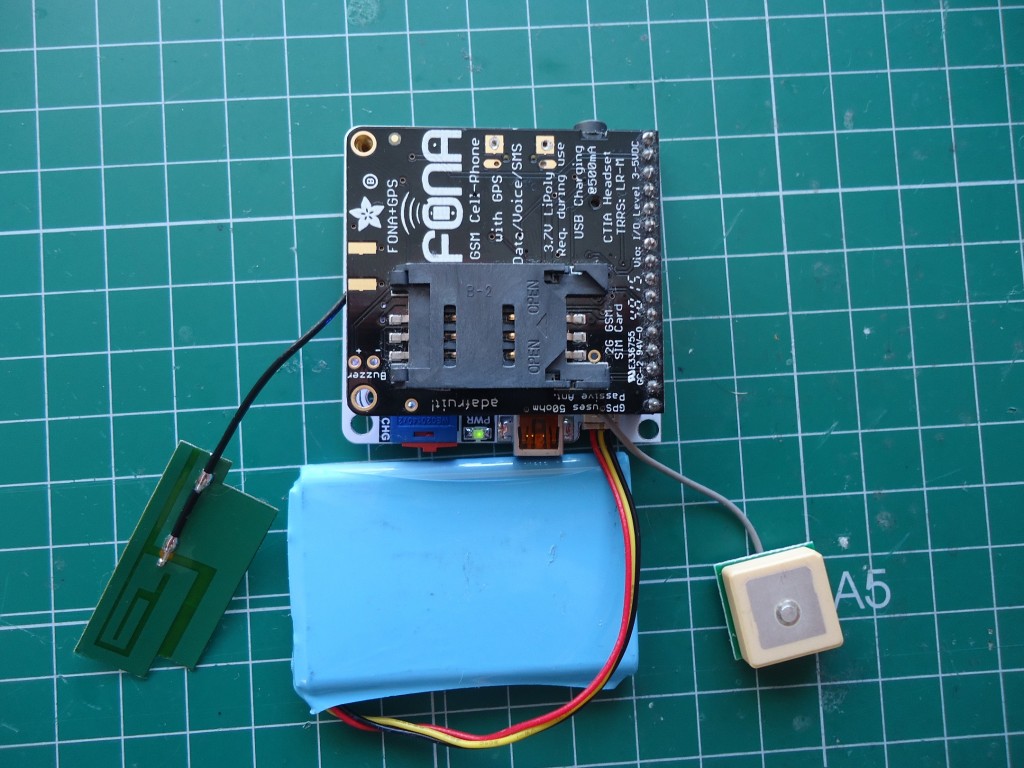
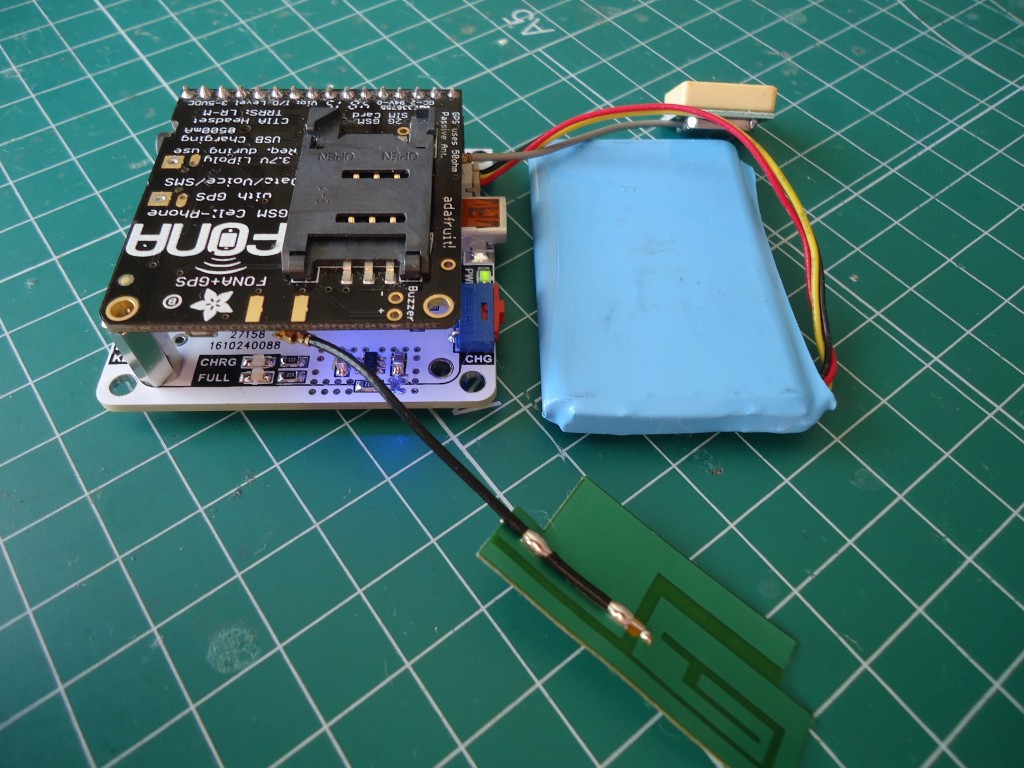
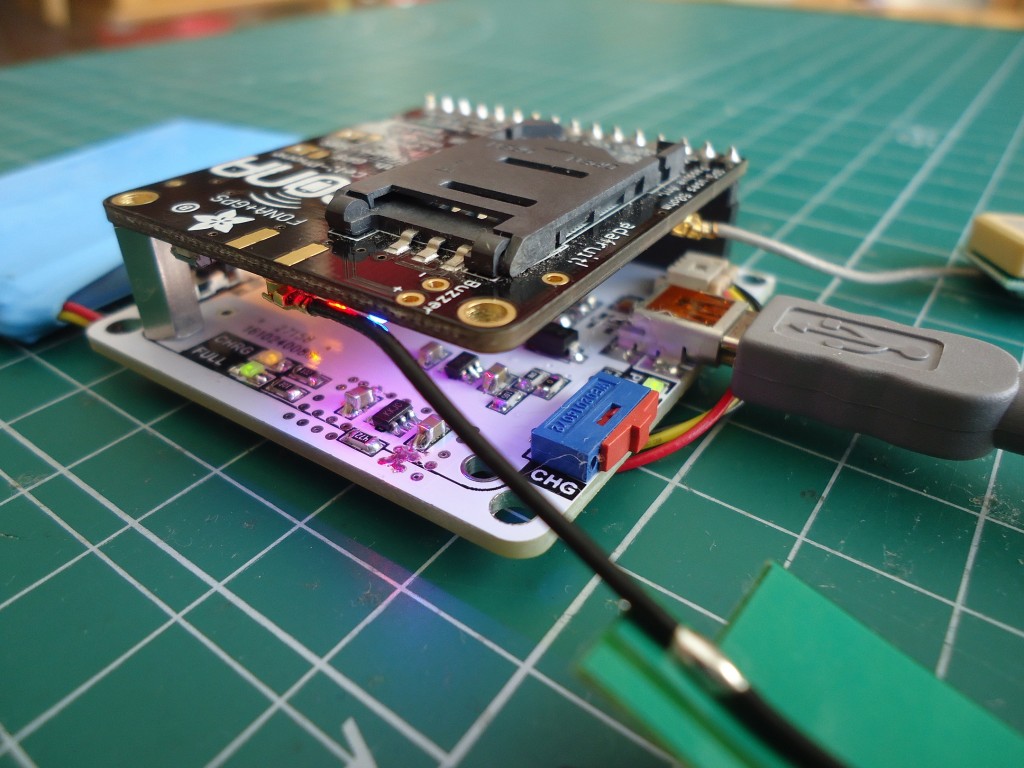
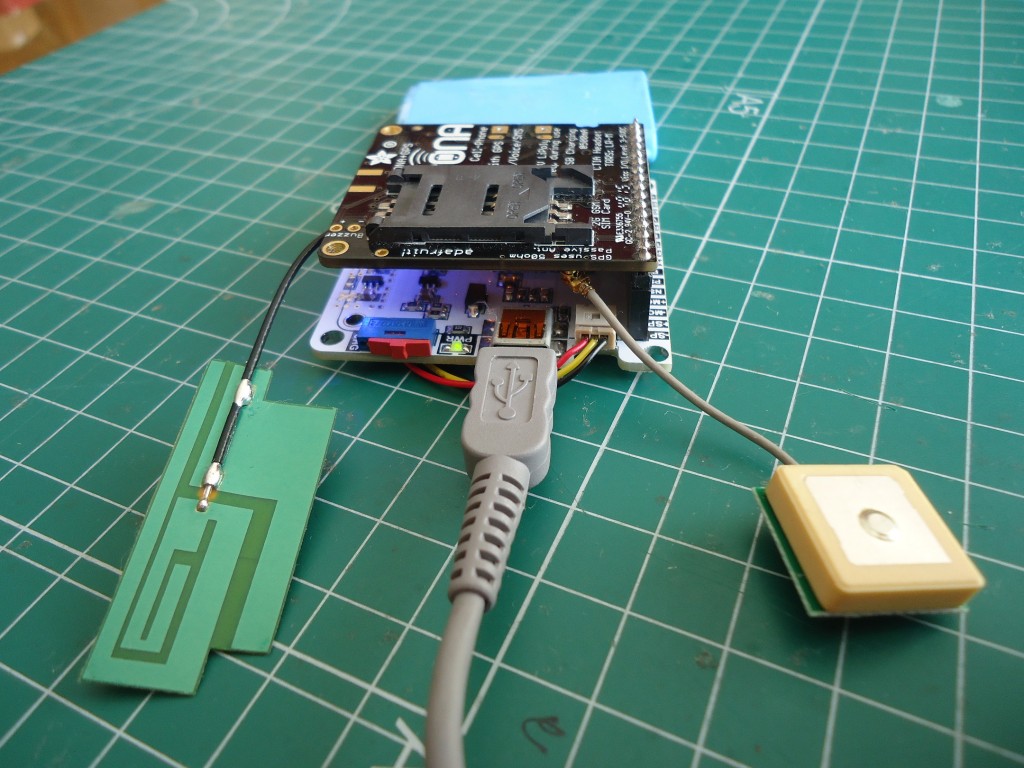
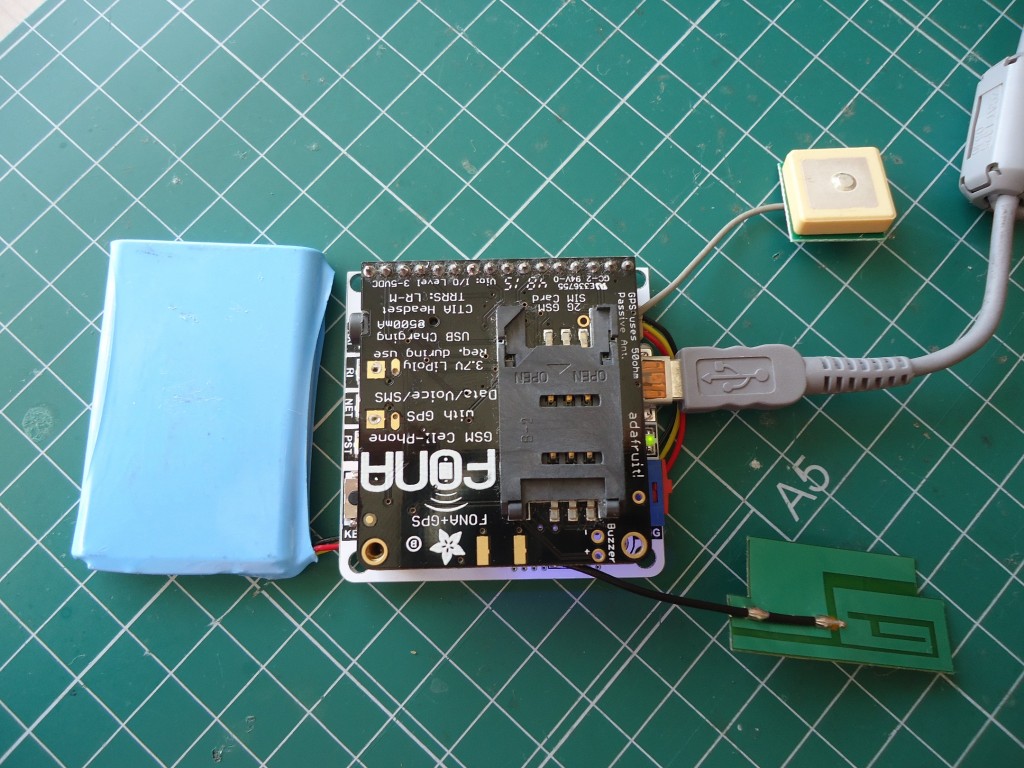
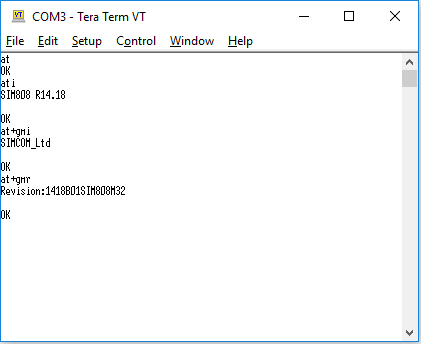
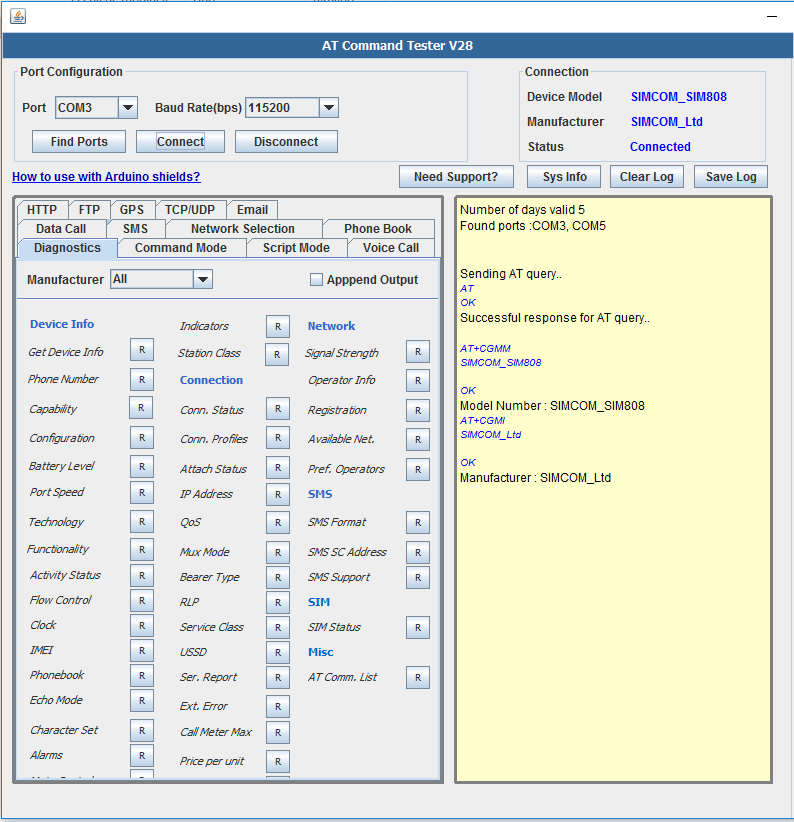








Pingback: FONA808 USB Interface - Electronics-Lab